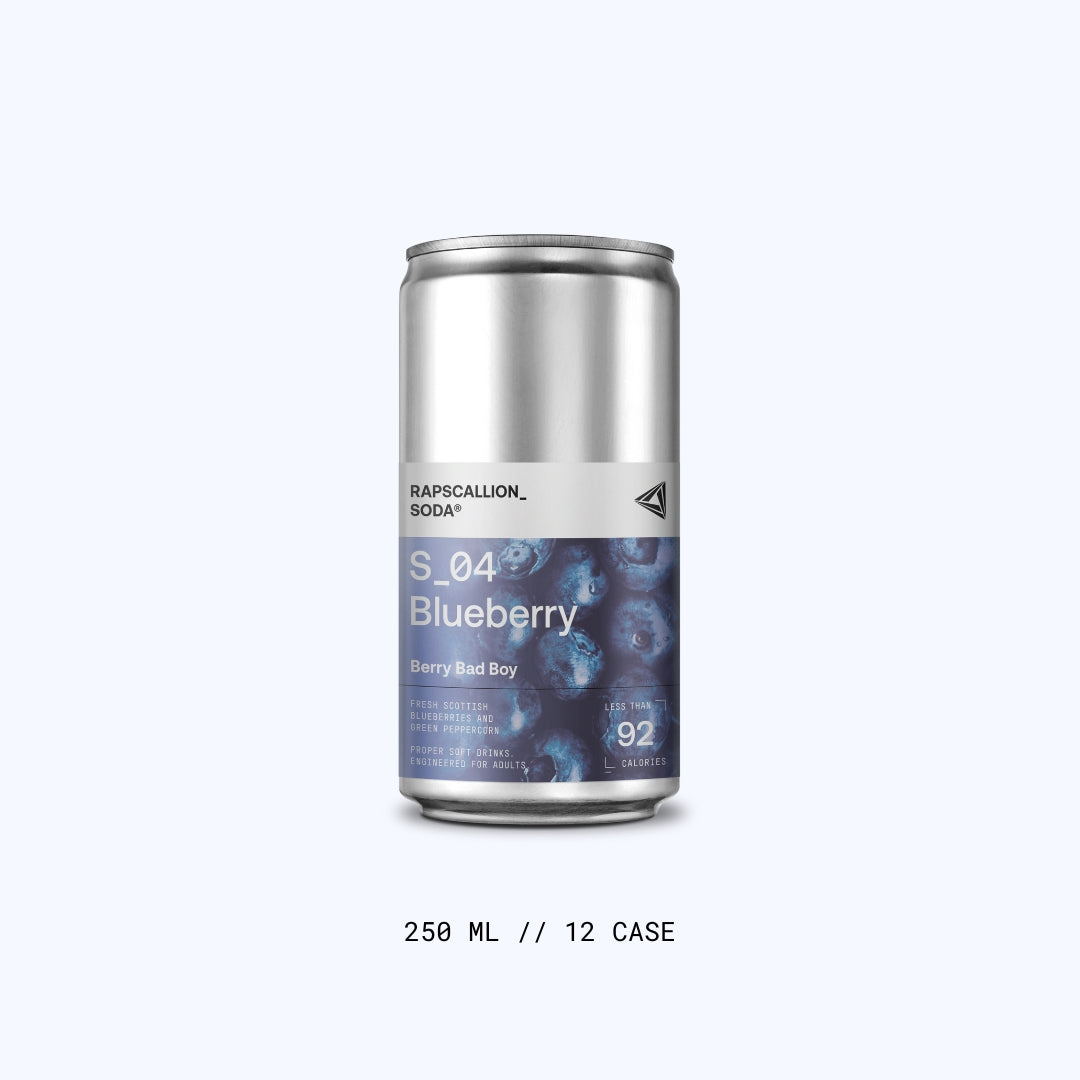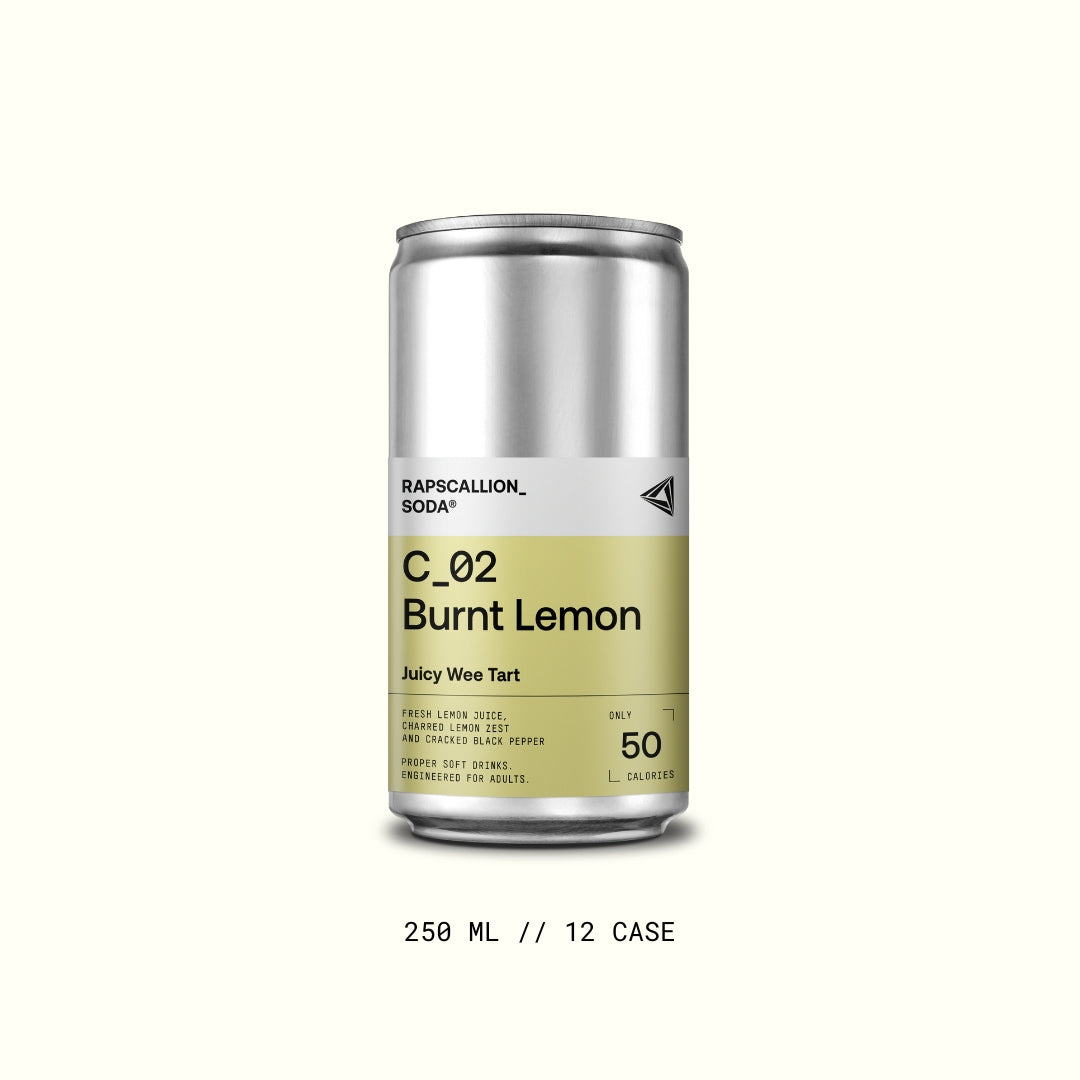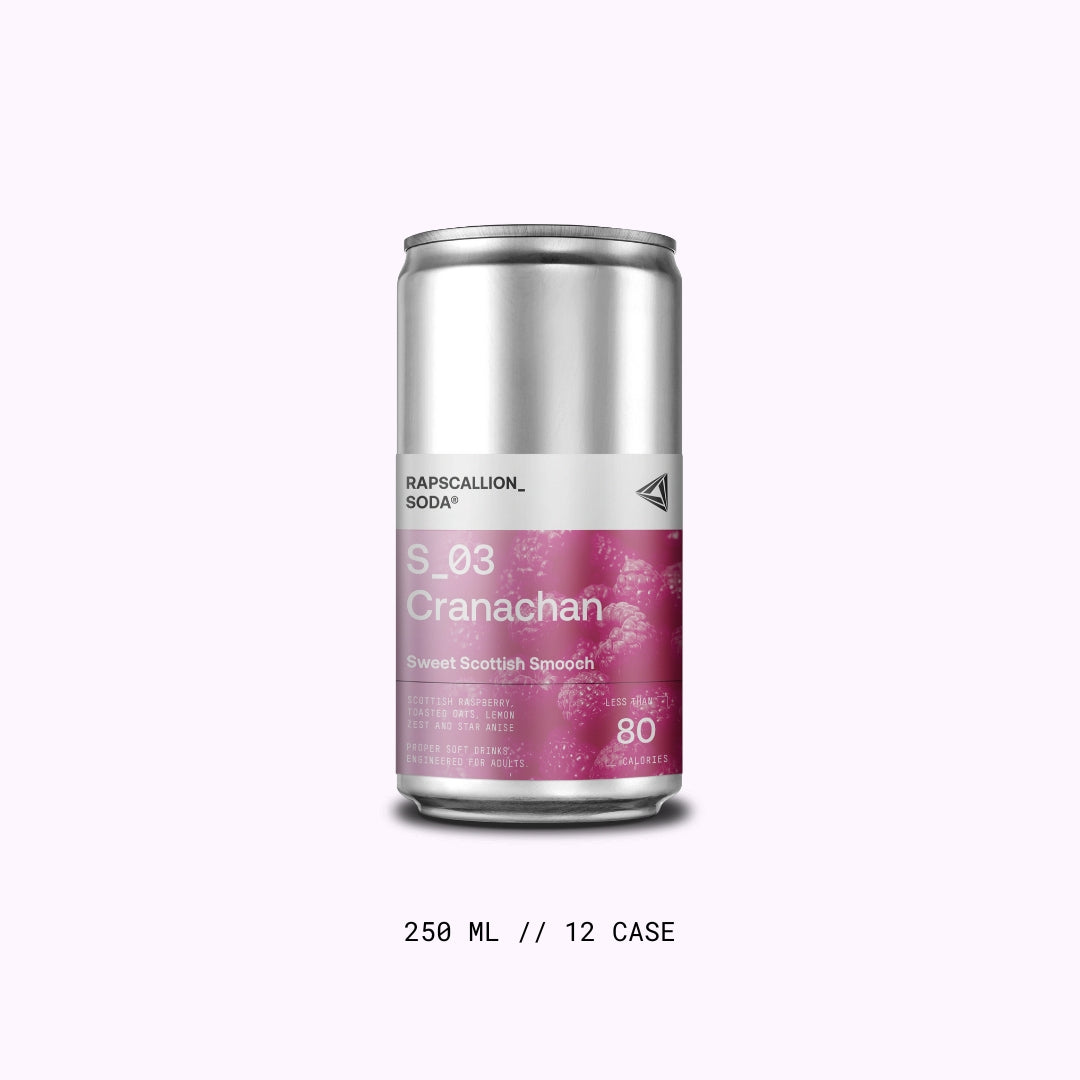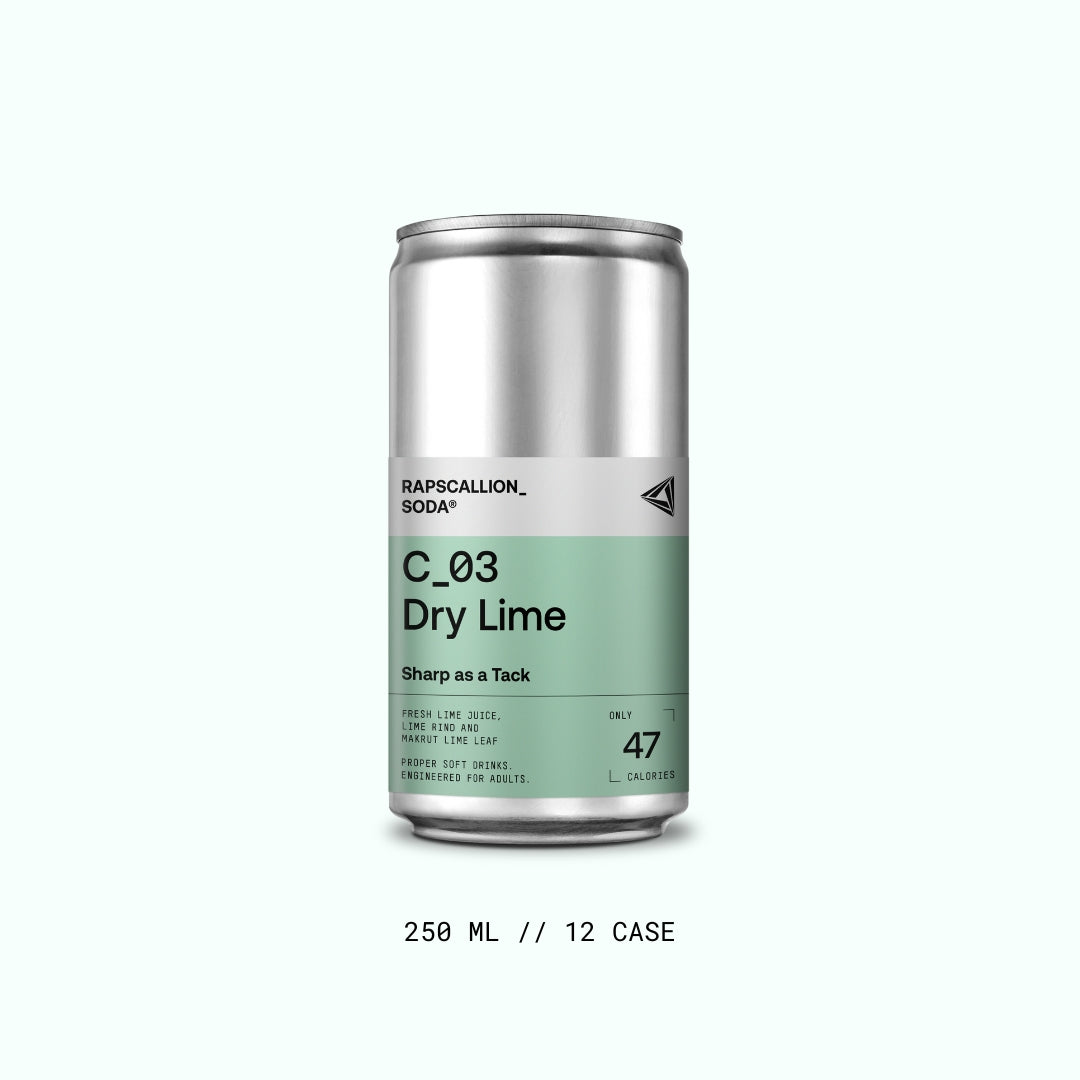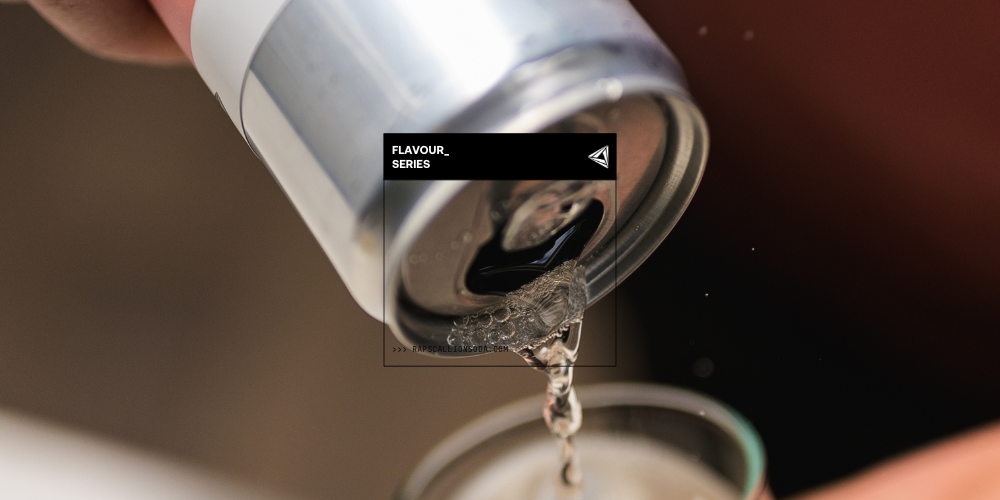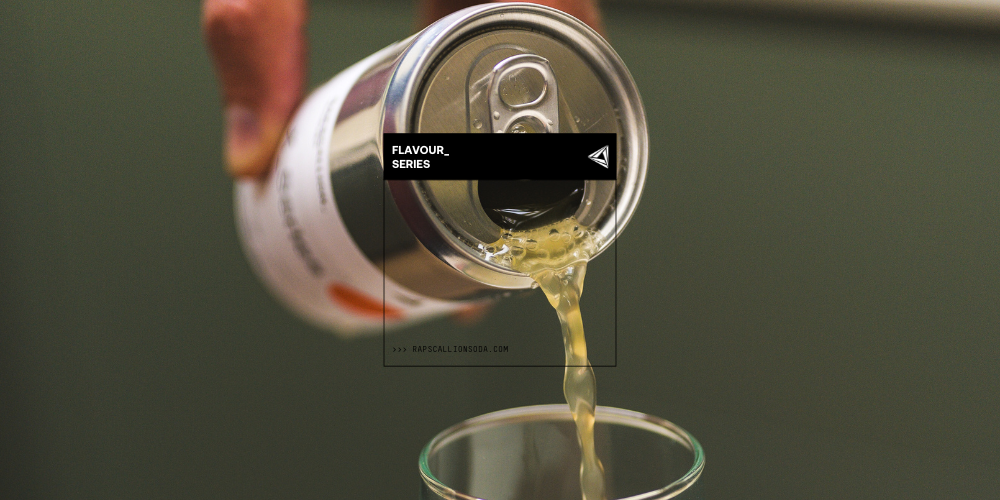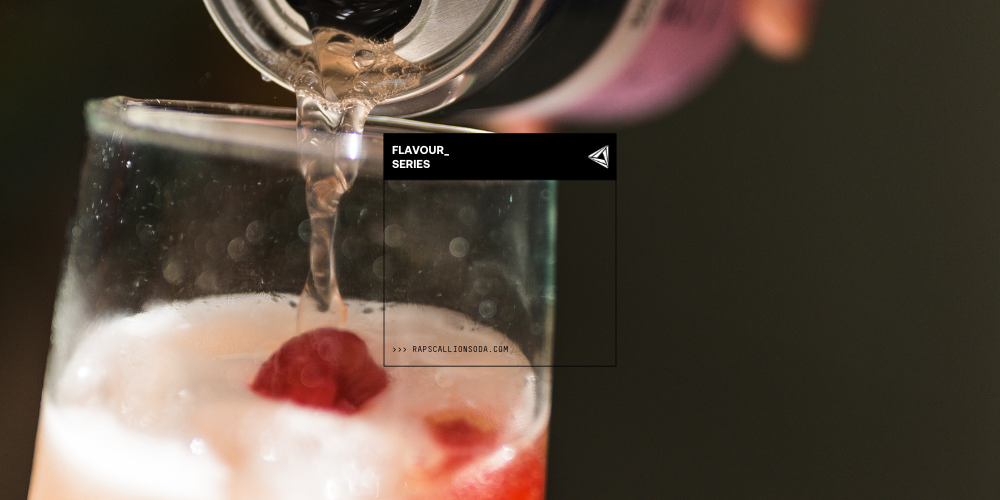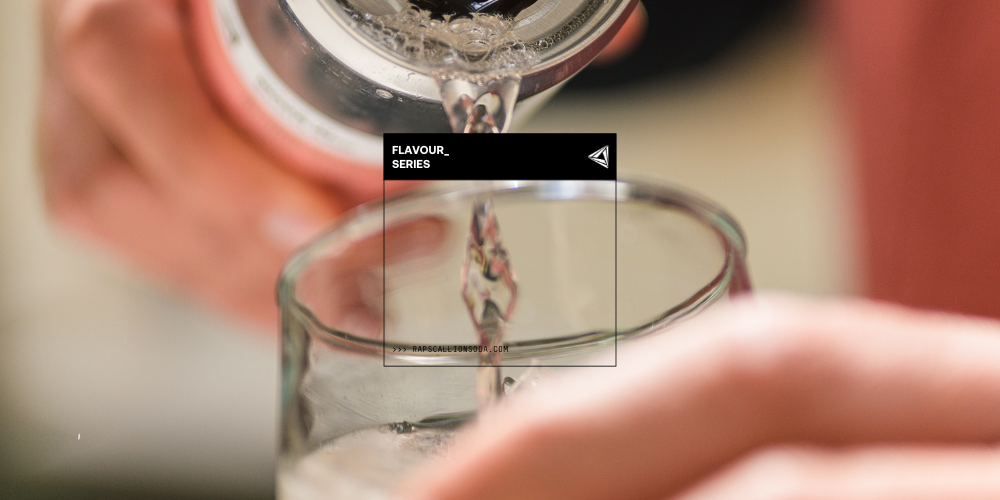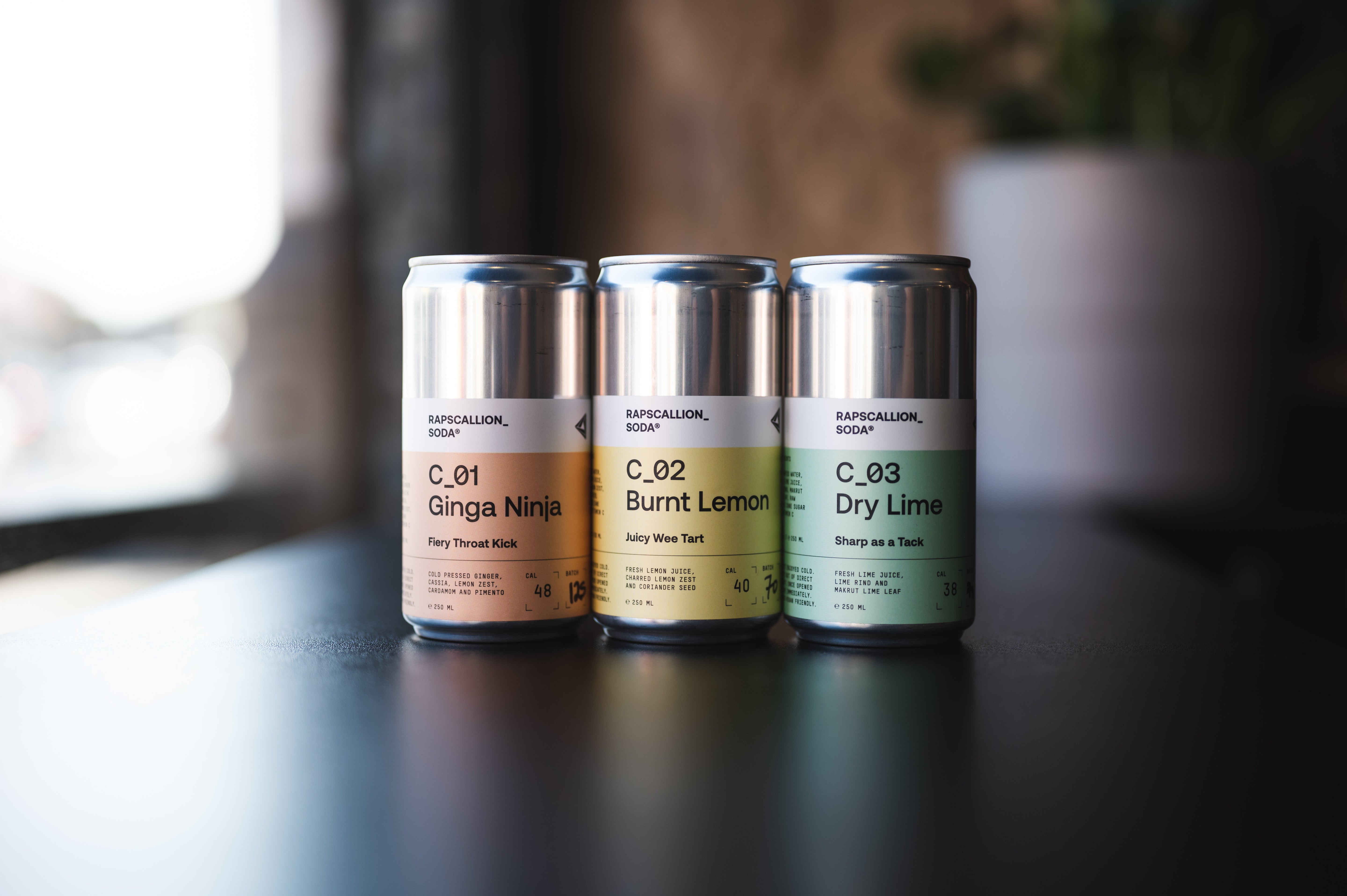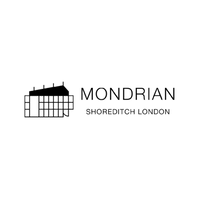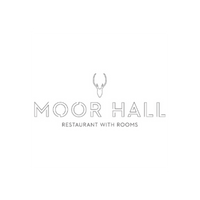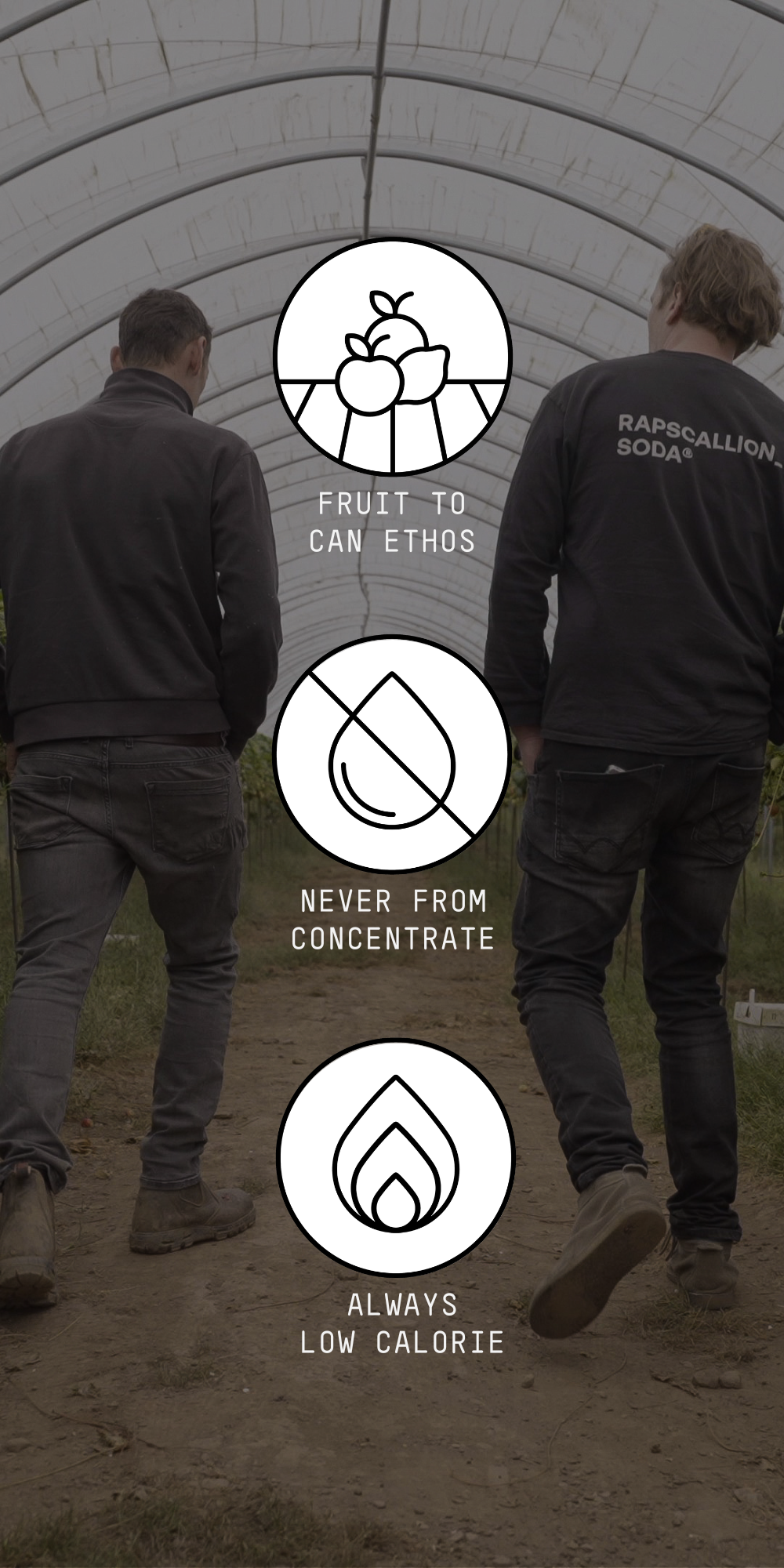

lets get introduced.
PT.1
RISING SPIRITS: FROM GIN TO WHISKY AND BEYOND
For this episode, we nipped down to Leith, Edinburgh, to spend the day with the people behind two of Scotland’s most iconic modern spirits brands: Port of Leith Distillery and Lind & Lime Gin. The flagship creations of Muckle Brig Ltd.
You don’t need to drink to enjoy this one. This episode is less about alcohol and more about entrepreneurship, design, engineering wizardry, flavour obsession, and the sheer determination it takes to build something remarkable from scratch.
We’ve admired these guys for years. Not because of what’s in the bottle, but because of how they think, how they build, and how they approach their creations.
If you know the bottles or the bamboozling architectural feat, you’ll know the brands. But the story behind them belongs to childhood friends and business partners Ian Stirling and Paddy Fletcher - two pals who turned a shared whisky epiphany into one of Edinburgh’s most ambitious spirits projects.
Their company was founded in November 2014. At Rapscallion, we’ve had the privilege of working with them for years, and Ian has been a founder-shoulder we’ve leaned on more than once. So getting over there for a backstage pass to the world’s tallest distillery - and getting in amongst a spirit we’re partial to a tipple with - was a proper treat.
This one’s packed with humble beginnings, clever design, technical ingenuity, a whole lot of heart, and big, juicy ambition.

PT.2
REACH FOR THE SKY
Port of Leith Distillery has been open for almost two years, but its story stretches much further back. Construction took nearly four years. They never set out to build a vertical distillery, but the site made the decision for them. Upwards or nothing.
The budget? Eye-watering. But necessary to create a vertical facility designed to become a landmark visitor attraction in Edinburgh.
Standing on the penultimate floor, home to a snazzy bar with views across the Forth, the verticality becomes obvious. But it’s more than an architectural flexing of architectural muscles. The top half is for visitors - shop, tasting rooms, tours. The bottom half is production.
What surprised them most was how the height itself became a key asset. Several floors up, heat rises and dissipates naturally, keeping the still-room cool. In a way, the building’s shape helps shape the flavour. True vertical flow. What we didn’t expect was just how much the verticality shapes the flavour. As Ian told us, their four-floored “production void” creates a natural temperature gradient - warm at the top, cool at the base - which has turned into an unlikely superpower. Most distilleries fight against overheating, but here the heat simply rises and escapes. That means their still floor stays surprisingly cool, giving them tighter control over fermentation temperatures and preventing the washes from running too hot.
According to Ian, that stability brings cleaner, more expressive flavours into the wash before it ever touches copper. “Verticality makes life easier,” he said. “In a weird way it’s lending something to the flavour we’re creating.”
From fermentation to maturation, every floor plays its part.
PT.3
BRAINS BEHIND BRANDS
Most people discover the company through Lind & Lime - the elegant gin that swept onto bars and kitchen counters everywhere. But behind it sits Muckle Brig Ltd, the corporate vehicle for the Ian & Paddy partnership.
They initially raised capital with seven investors, then later secured just under £10 million from investors across eight countries.
The original plan was the whisky distillery. Gin was the interim and ended up being a revenue stream to keep the lights on. Inadvertently, its success enabled the whisky distillery dream to keep climbing. They’re already exporting Lind & Lime into 24 international markets and more outside the UK than inside. Their ambition? To sell their forthcoming single-malt whisky into those same markets, once patience and trusting the process has done its thang.
If you need a visual aid on everything they do, head to their shop inside the distillery. It lays it all out: Port of Leith’s fortified wines, merch, Lind & Lime’s full range, and the growing whisky family under “Leith Bond” - table whisky, perpetuity blend, champagne partnerships and more.
It’s a portfolio built with purpose and held together by an ethos that feels refreshingly simple - do we love it? Can we do it well? If not, don’t do it.
PT.4
DESIGN WITH INTENTION
In a wildly saturated gin market, Lind & Lime’s design stands out immediately and not by accident.
Ian’s background in the wine industry sparked a thought: “No one else was using that distinctive Burgundy-wine bottle shape in spirits.” He wanted something familiar but unusual, elegant but practical. But they couldn’t find a 70 cl wine-style bottle. Only 75 cl. So you guessed it, they made their own.
“We loved the recycled-glass look,” he told us. Off-white glass it turns out according to the glass manufacturers. It’s technically a waste material and is 75% recycled. It became part of the story and a backbone of the branding.
They added natural vertical lines that refract light. Subtle but striking and after 18 months of design, prototyping, 3D models, and label tweaks, the final elements arrived two weeks before product launch.
The result? A bottle that delivered both form and function. And it visually smashed it out the park.

PT.5
HUMBLE BEGINNINGS
Visit the Port of Leith Distillery and you’ll spot a recreation of Paddy’s garden, where the company literally began. A brew bucket. His parents’ cool box acting as a mash tun. A wee still. A few plants, too. Because we all need plenty of plants for the soul. That tinkering in the garden taught them more about flavour creation (and patience) than they could shake a textbook at. They were constantly tasting washes, playing with temperatures, understanding how barley behaved long before they had engineers, full scale stills and a 9 floored distillery space.
Ian’s own path into spirits shows just how intentional this all became. After university his first job was in PR for West End theatre in London. Then he shifted into the wine industry. He and Paddy were flatmates, sampling whisky, tinkering in the back garden, and hatching plans of a return to Edinburgh.
That spirit definitely still remains - to start simply and dream ambitiously.
Today, their barley comes from a single farm just outside Edinburgh, malted then transported fewer than a total radius of 90 miles from farm to facility. It’s one of the shortest food-mile journeys in the industry and very unique. Meanwhile, the building has four floors of production, starting at the top and working its way downwards. Gravity-assisted flavour.
PT.6
SKY’S THE LIMIT?
Finally, we headed into the Lind & Lime distillery. Every single bottle you’ll find anywhere in the world is distilled, filled and packaged right there in Leith. They blend whisky on-site too, fill casks, mature them. It’s the long game. Efficiency meets patience in a delicate sort of harmony.
We got talking botanicals too. Ian explained how so much modern flavours veer into synthetic or confected territory, chasing novelty instead of nuance. Lind & Lime is the opposite: pink peppercorn is the delicate note - balancing but bright - and the rest of the botanicals are earthy, grounding and structural. The bulk of botanicals give body and taste, structure. They can make a drink feel complete.
It’s that balance of citrus brightness, pepper warmth, and earthy backbone that gives Lind & Lime its clean snap and long, elegant finish. It’s become an iconic bottle. It’s a beautiful product. Visually appealing, viscerally fascinating.
Despite being a wee bit away from their first major single-malt release, there’s a sense of calm focus. Whisky is not gin. Nuh uh. You can’t scale overnight. You can’t rush it. As Ian told us: “We’ve had our challenges, but things fell into place. I’ll always be grateful for that.”
Their export target is clear. Their growth plan is clear. Their location is part of the story too. The distillery “could only exist here in Leith; a product of its heritage, enabled by its recent renaissance.”
They’ve built more than a distillery. They’ve built a destination. From gin to whisky, from idea to vertical giant, from Leith’s post-industrial past to its rising future.
If you haven’t been yet, or tasted their stuff, now’s the moment. You won’t be disappointed - we were just a teency bit astounded. Still picking jaws up off the floor (of which there were multiple).
